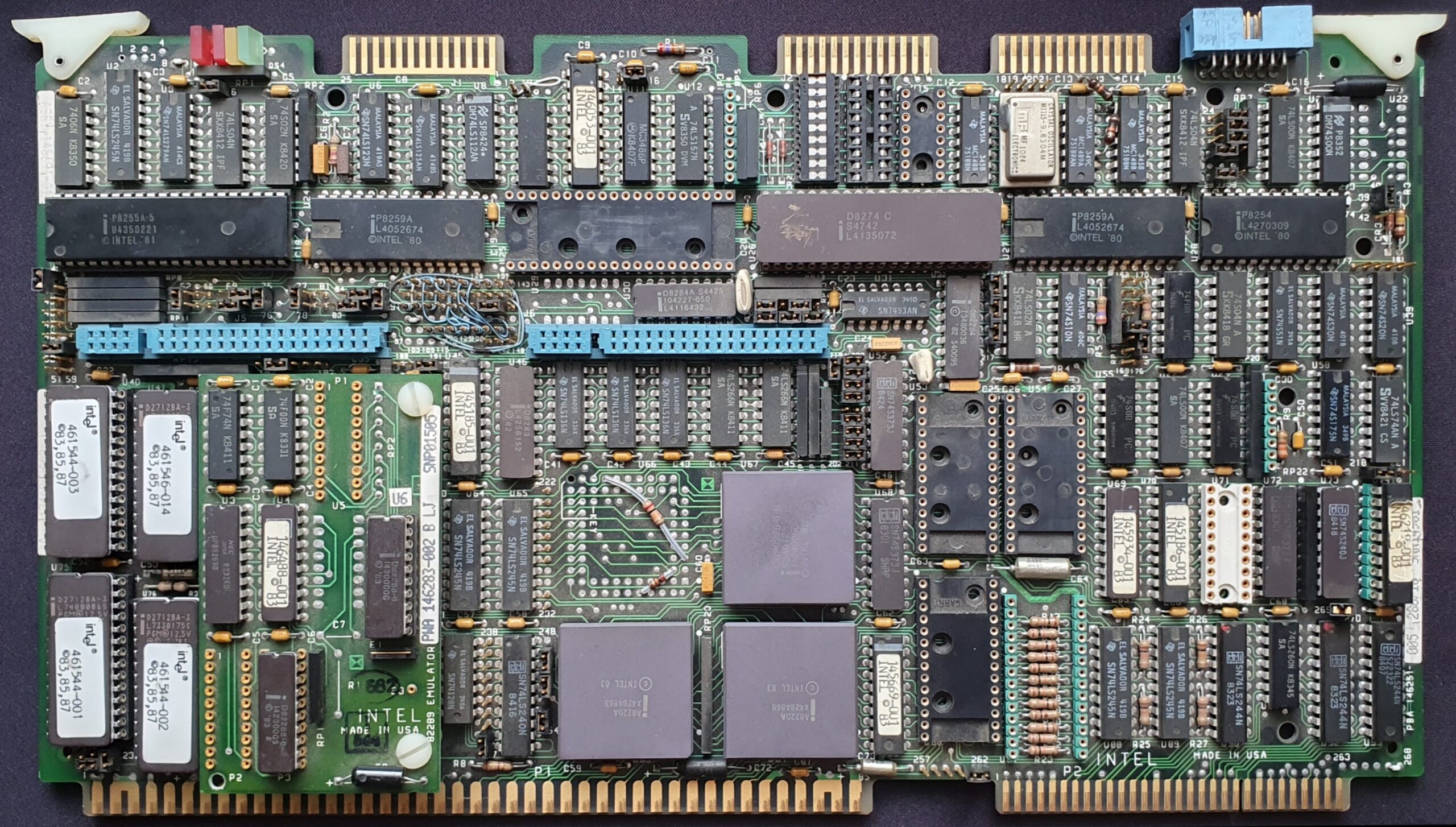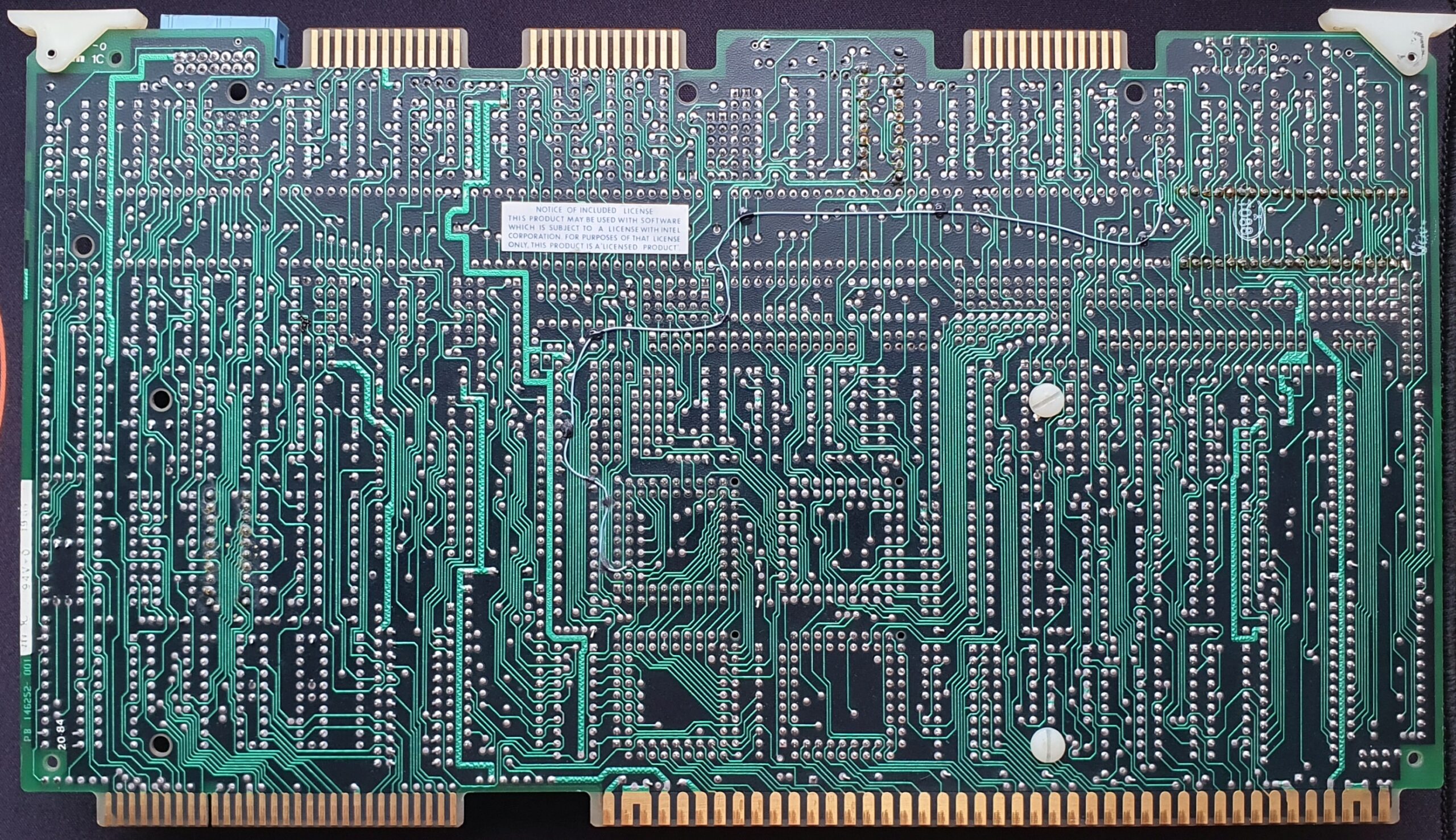The iSBC-286/10 board utilizes the powerful iAPX 286 CPU within the MULTIBUS system architecture, enhanced by the iLBX bus, to provide a high performance 16-bit solution. This board also includes on-board interrupt, memory and I/O features facilitating a complete
single board computer system.
The central processor for the iSBC-286/10 board is the 80286 CPU operating at a 6.0 MHz clock rate. The 80286 CPU is upwardly compatible with Intel’s iAPX88 and iAPX86 CPUs. The 80286 CPU runs iAPX88 and 86 code at substantially higher speeds due to a parallel chip architecture. In addition, the 80286 CPU provides on chip memory management and protection and virtual memory addressing of up to 1 gigabyte per task. Numeric processing power may be enhanced with the optional 80287 numerics processor. The clock rates for the 80286 and the 80287 are independent with the 80287 rate jumper selectable at either 4.0 or 8.0 MHz.
The following list briefly describes some of the major features of the iSBC-286/10 board:
- iAPX 286/10 (80286) Microprocessor with 6.0 MHz CPU clock
- Optional 80287 Numeric Data Processor
- iLBX™ (Local Bus Extension) interface for high-speed memory expansion
- Two iSBX™ bus interface connectors for I/O expansion
- Eight JEDEC 28-pin sites for optional RAM/iRAM/EPROM/EEPROM components
- Optional expansion to twelve JEDEC 28-pin sites with an iSBC-341 28-pin site expansion board
- 16 levels of vectored interrupt control
- Centronics-compatible parallel I/O printer interface
- Two programmable multiprotocol synchronous/asynchronous serial interfaces; one RS232C, the other RS232C or RS422 compatible
- MULTIBUS® interface for multimaster configurations and system expansion



